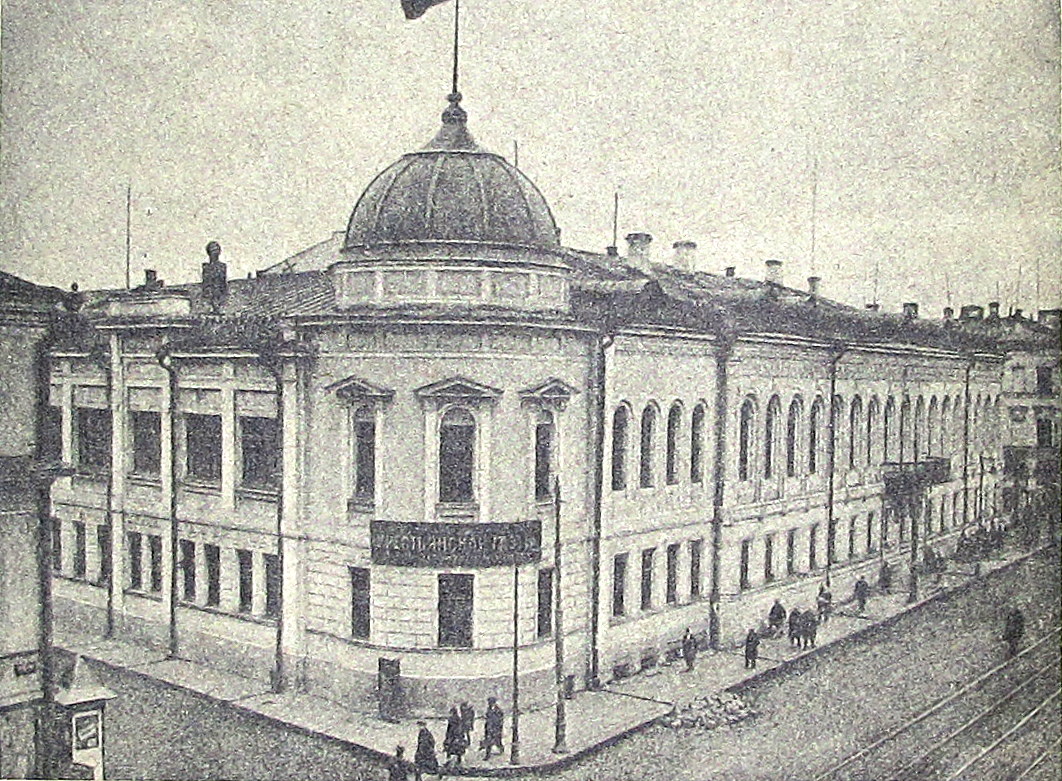The debate about heritage authenticity is more than just a debate: its red line seems to go through almost all other discussions that occur with respect to heritage. Does the 2000-2010 restoration of the Temple of Athena Nike, during which it was completely dismantled and reconstructed, make this magnificent monument less authentic because it no longer carries with it the spirit of the process of its initial construction? This is just one of the questions among myriads of similar ones.
All of them, however, share an understanding that authenticity is an internal quality of an object. But if one frames the issue differently and approaches authenticity as a relationship between us (the viewers) and the object, a way in which we see it and talk about it, things have potential to change. Building on this understanding, Pine and Gilmore, when writing about museums, say that institutions must “learn to understand, manage and excel at rendering authenticity” (1) with the final purpose of delivering an authentic experience to the customer. Just as in the case of museums, authenticity can be also created when it comes to heritage, even in the most unexpected circumstances.
In 2012, Moscow city authorities announced the demolition (with the purpose of future redevelopment) of the so-called Bolkonsky House on Vozdvizhenka st. 9 in the city center, a building that is believed to be the prototype for the mansion of Andrey Bolkonsky in Tolstoy’s War and Peace. In 2013, one of the few constructions in Moscow that survived the 1812 Fire, the Bolkonsky House became the place of resistance. People gathered next to the building to read out loud the passages from War and Peace and to petition the city council, activists tried to prevent the demolition by placing their bodies on top of the dome, and fierce discussions took place across the Russian social networks and media.
Rustam Rakhmatullin from Moscow’s Arkhnadzor heritage society consistently argued against the demolition of the Bolkonsky House in the Arkhnadzor Livejournal account. In the first blogpost on the issue on July 27, 2012, he wrote:
It [the Bolkonsky House] has a double value — both literary, and memorial. On the one hand, this is the house of Gen. Nikolai Sergeyevich Volkonsky, Leo Tolstoy’s maternal grandfather, and this building is the city analog of Yasnaya Polyana [Tolstoy’s residence]. There is a huge memorial value because of that. On the other hand, upon becoming a place of action in War and Peace, this house became an integral part of Moscow as it is seen in the world culture. This is its literary value.
In a later entry, on April 29, 2013, Rakhmatulin’s colleague, Anton Razmakhnin, argued that ordered reconstruction is, in fact, a “destruction and a gross distortion of the image of this memorial building that is connected with the name L. N. Tolstoy”. Both of the activists were cautious not to use the word “authentic” or its synonyms.
When the demolition entered its final stage two months later, in June 2013, Mikhail Korobko, a Moscow-based art historian was quoted on the website of one of the Moscow’s radio stations. He said:
I honestly do not see [this house as] some key place for the city. It was rebuilt not so long ago, in the 1990s, and that process almost killed all the interiors… [and] it was rebuilt long before the 1917 Revolution. From the period that is associated with Bolkonsky, there’s just the facade facing the yard. All the rest, including this wonderful annex with a dome, it’s already from the end of the 19th century and the beginning of the 20th century. The house was, unfortunately, almost gone long ago.
Heritage experts, Razmakhnin and Rakhmatulin, both very well knew that the building has survived at least two major reconstructions. But what they also knew was that referring to its [in]authenticity would, probably, weaken their position, because the dominant heritage preservation narrative is built upon “fetishizing authentic and preserved physical relics and remains” (Harvey 336). On the contrary, their position was grounded in the understanding that heritage is not given, but made. Referring to the building’s historical and (surprisingly to many other participants of the discussion) literary value, they tried to create, to come up with a new understanding of built heritage during their fight for the House.
Korobko, an art historian by training, placed, somewhat traditionally, a lot of emphasis on the artifact, on the physical essence, on the originality of the building. In this all too familiar logic, the Bolkonsky House had very little of “actual” (as opposed to fictional — literary and historical) value, and therefore was not worth the efforts taken in order to save it from demolition. But, more importantly, his remarks have been carried out by mass media — he was quoted by a radio station, and his position received significantly more attention than that of Rakhmatulin.
This collision of two different views on authenticity of heritage is, undoubtedly, a part of a bigger process of shifting dynamics. We are already in a stage when museums or well-established heritage sites have full potential to manage and render the authenticity, to inject the authenticity with new meanings and interpretations, and, consequentially, to negotiate authenticity with the public. But, however, when the field of heritage becomes a crossroad for bigger or more fierce urban or political battles, the new authenticity discourse has little to offer against the traditional, old perception of authenticity as an inherent quality of the object. The Bolkonsky House was demolished in June 2013. But, one can hope, in their next fights, Rakhmatulin and Razmakhin will be able to gain more momentum for promoting the new, more nuanced understanding of authenticity among the wider public. Hopefully, they won’t walk alone.
